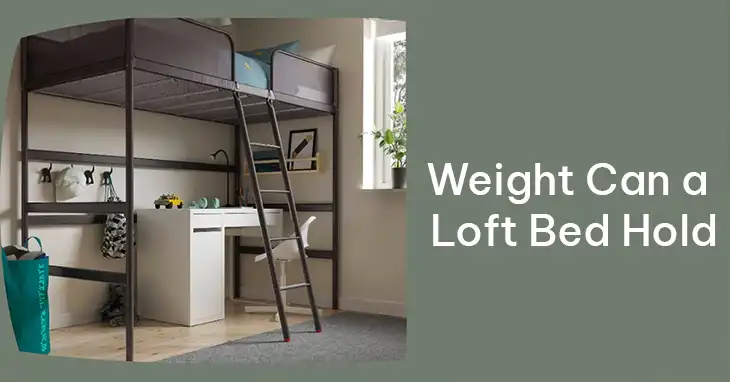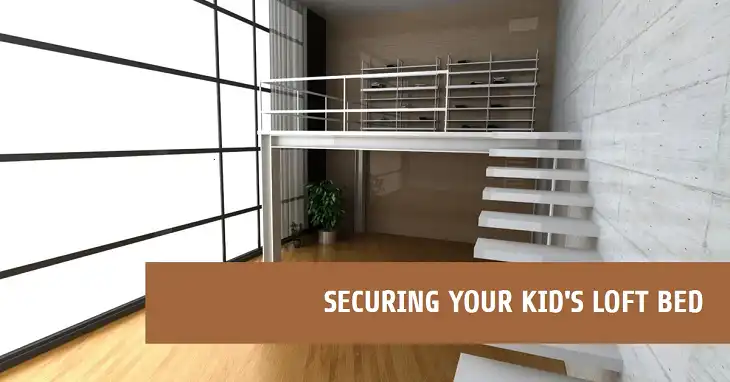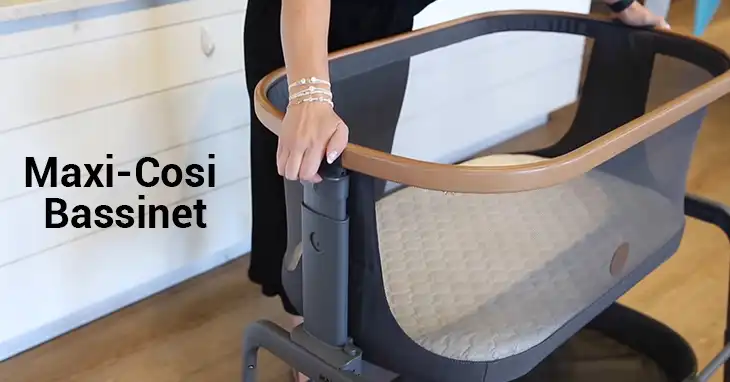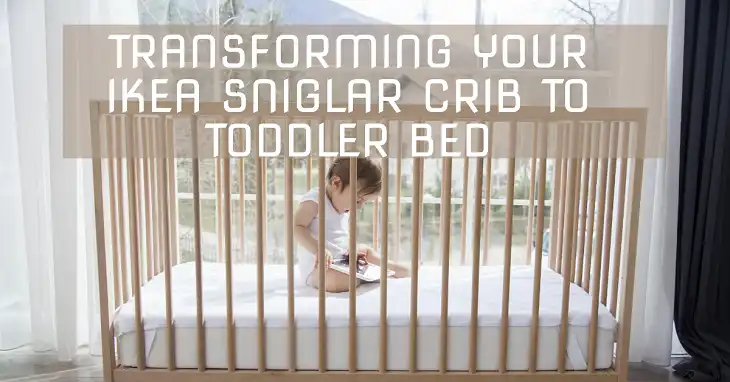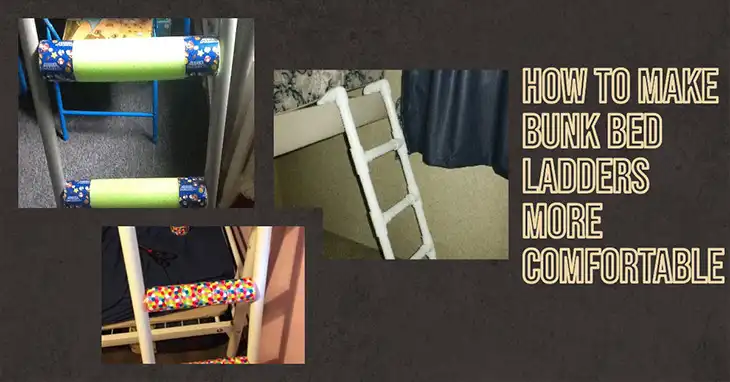When Do You Lower the Crib?
Ensuring the safety and comfort of your baby is a top priority as they grow, and one important aspect of this is adjusting the crib height. A crib is designed to provide security, but as babies become more mobile, there comes a time when the crib needs to be lowered to prevent accidents.
Lowering the crib at the right moment ensures that your baby remains safe, reducing the risk of them climbing out or falling. And in this article, we’ll be talking about the perfect time to do that.
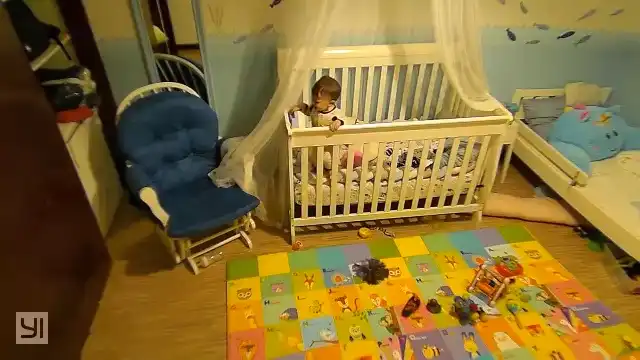
How High Should a Baby Crib Be?
Crib height plays a significant role in both safety and convenience for parents and caregivers. Most cribs are adjustable, allowing for different height settings as your baby develops.
The highest setting is typically used when babies are newborns, as they are not yet mobile and unable to pull themselves up. This height allows parents to easily reach into the crib, minimizing strain on the back.

However, as soon as babies begin to show signs of rolling over or pushing up, the crib should be lowered to prevent any risk of falling out. At this stage, adjusting the crib height helps create a safer sleeping environment while still making it easy for parents to access the baby.
When Should I Lower My Baby’s Crib?
The timing for lowering the crib depends on the developmental milestones your baby reaches. As babies grow, they become more curious and mobile, which increases the risk of accidents if the crib remains at a higher level. Generally, you should lower the crib when:
1. When Your Baby Begins to Roll Over: If your baby can roll from their back to their stomach, it’s time to consider lowering the crib. Rolling increases the risk of accidental falls if the crib remains at a higher level.
2. When They Start to Push Up: Babies often begin to push themselves up on their hands and knees between 4-6 months. This added height can put them closer to the crib’s edge.
3. Pulling Up or Standing: As soon as your baby starts pulling themselves up to stand, usually between 8-12 months, the crib should be at its lowest level. This prevents them from climbing or accidentally tipping over the side.
Lowering the crib progressively as your child gains strength and mobility is key to preventing injuries and ensuring a secure sleep space.
When Should the Crib Be Taken Down?
Taking down the crib altogether is a significant milestone that often marks the transition from babyhood to toddlerhood. While every child develops at their own pace, most parents take down the crib when their child is around 3 years old or when they are consistently climbing out of the crib.
Some toddlers may be ready earlier if they show signs of being able to climb out or express discomfort with the crib. Moving to a toddler bed or a regular bed provides them with a greater sense of independence and safety, as it eliminates the risk of falls.

At this stage, many parents would like to introduce bed rails to ease the transition. It also helps prevent rolling out during the night.
Frequently Asked Questions
When can I put my baby down in his crib?
While there’s no specific age for transitioning a baby to a crib, safety guidelines suggest that most babies are ready between 4 and 6 months. This ensures the safest sleep environment.
At what age should you stop using a crib?
About a third of toddlers move from a crib to a bed between 18 months and 2 years old. Another third make the transition between 2 and 2.5 years old. Most toddlers, in general, switch from a crib to a bed between 18 months and 3 years of age.
What is the best position for a baby crib?
Safety should be the top priority when placing your baby’s crib. Avoid putting it near radiators or windows. Also, make sure any cords from blinds or curtains are out of your baby’s reach.
Conclusion
Lowering the crib at the right moments and knowing when to make the final switch to a toddler bed helps maintain a safe and comfortable environment as your baby grows. We hope to have provided you with a better understanding about the perfect time of lowering the crib for your precious little one. Thanks for reading. And happy parenthood!

